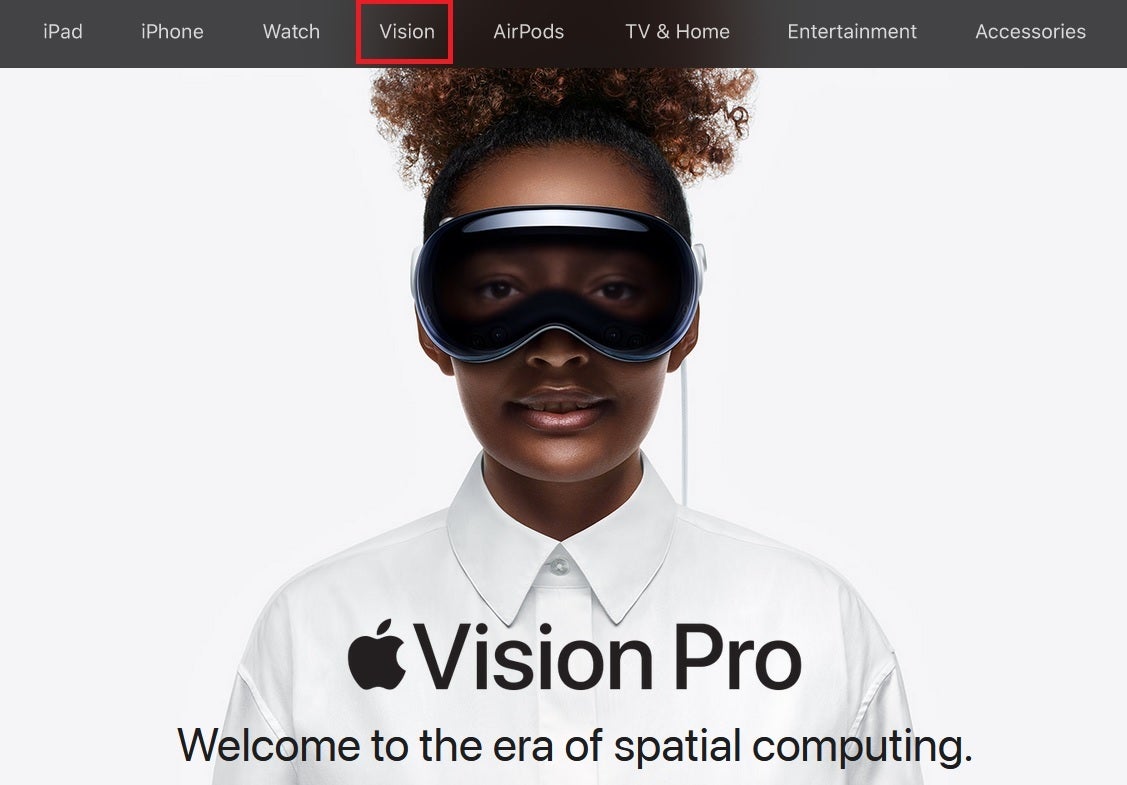Code found in iOS 17 beta 2 indicates that Apple is working on a cheaper version of Vision Pro

There has been some controversy about whether Apple is working on a cheaper version of the $3,499 Vision Pro with some corners cut to keep the price down. Based on some code discovered by 9to5Mac on iOS 17 beta 2, it would seem that a cheaper version of the spatial computer is coming. Several strings of code which had referred previously to the Vision Pro as, well, Vision Pro, now refer to the device as Vision. In other words, the word "Pro" has been removed.
An example cited by 9to5Mac revealed that strings of code for the App Store previously said, "Mac, iPad, and Apple Vision Pro Apps." Now, the same string reads "Mac, iPad, and Apple Vision Apps." This can be interpreted as Apple making changes necessary to be ready for a lower-priced version of the Vision Pro. Interestingly, on the tabs seen on Apple's online Apple Store, the tab for the spatial computer is called Vision, not Vision Pro.
Bloomberg's Apple beat writer Mark Gurman has said in the past that he expects a price tag for a cheaper Apple Vision spatial computer to be in the range of $1,500-$2,500. The lower-priced Apple Vision might do away with the EyeSight feature which is a display that allows people standing around a Vision Pro user to see the user's eyes to gauge his/her emotions at the moment.

Even the tab on the online Apple Store refers to the spatial computer as Vision, not Vision Pro
Other price-saving features could include the use of lower-resolution displays and an Apple A-series iPhone processor instead of the high-powered M-series Mac processor that powers the Vision Pro. The Vision Pro will feature the M2 chipset along with the R1 co-processor. If Apple is working on a lower-priced spatial computer, the Apple Vision, it might not see the light of day until 2025.
There are several who believe that the Vision Pro will eventually lead to Apple Glass, the next big thing and the successor to the iPhone. Apple Glass would be an ordinary pair of spectacles that feature Augmented Reality (AR) and would work similarly to the ill-fated Google Glass. With AR, computer-generated graphics are placed on top of a real-world view. The thought here is that instead of carrying a smartphone around all day, the Apple Glass user would be able to see an AR version of his/her iPhone home screen through the glasses at all times.
Follow us on Google News














Things that are NOT allowed:
To help keep our community safe and free from spam, we apply temporary limits to newly created accounts: